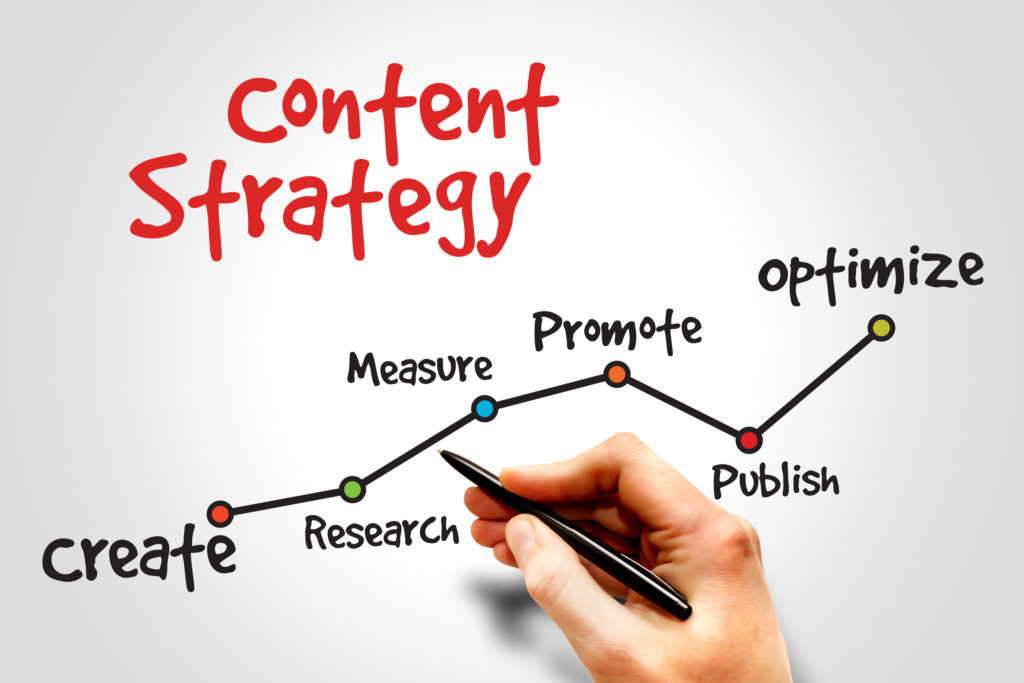In today’s competitive market, business development plays a crucial role in ensuring long-term success and sustainability. Companies must continuously evolve, adapt, and innovate to stay ahead of their competitors. Platforms like Syntaxbusiness.com offer valuable insights and strategies to help businesses expand their reach, improve operational efficiency, and drive revenue growth. Understanding the nuances of business development can unlock new opportunities and enhance overall performance.
What is Business Development?
Business development refers to the strategic activities, initiatives, and plans aimed at increasing a company’s market presence, fostering relationships, and driving growth. It encompasses various aspects, including sales, partnerships, market expansion, and customer engagement. A successful business development strategy requires a deep understanding of the industry, market trends, and customer needs.
Key Components of Business Development
1. Market Research and Analysis
A well-informed business development strategy begins with thorough market research. Understanding customer preferences, identifying market gaps, and analyzing competitors are essential for making informed decisions. Businesses must leverage data analytics, surveys, and industry reports to gain insights that drive growth.
2. Building Strong Relationships
Networking and relationship management are fundamental to business development. Establishing partnerships, maintaining client relationships, and engaging with stakeholders create a strong foundation for sustainable growth. Trust and credibility play a significant role in business expansion.
3. Strategic Planning and Execution
Developing a robust business development plan involves setting clear objectives, identifying potential markets, and defining key performance indicators (KPIs). Businesses must implement structured action plans, allocate resources effectively, and continuously monitor progress to ensure success.
4. Sales and Lead Generation
Generating leads and converting them into loyal customers is at the core of business development. Companies should focus on improving their sales funnel, utilizing digital marketing strategies, and adopting customer relationship management (CRM) tools to enhance sales efficiency.
5. Innovation and Adaptability
In a dynamic business landscape, adaptability is crucial. Companies must embrace technological advancements, explore new business models, and innovate their products and services to meet evolving customer demands. Staying ahead of market trends can provide a competitive edge.
The Role of Digital Transformation in Business Development
With the rise of digital technologies, businesses must integrate online platforms, social media, and e-commerce solutions into their development strategies. Digital marketing, search engine optimization (SEO), and content marketing help businesses enhance their online presence, attract potential clients, and increase brand visibility.
Challenges in Business Development
Despite its benefits, business development comes with challenges such as market saturation, financial constraints, and evolving customer preferences. Companies must continuously assess risks, adapt to industry changes, and seek innovative solutions to overcome obstacles.
Conclusion
Business development is a continuous process that requires strategic planning, market intelligence, and adaptability. By focusing on relationship management, sales optimization, and digital transformation, businesses can achieve sustainable growth and long-term success. Companies that invest in robust business development strategies position themselves as industry leaders and create a strong foundation for future expansion.








